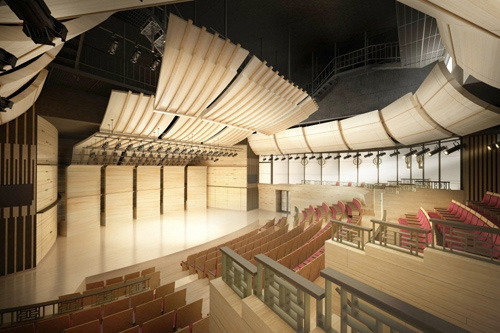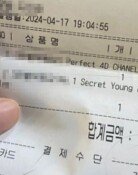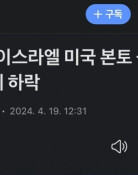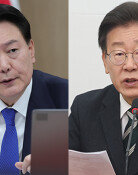'A song of strings' to be on stage in November
'A song of strings' to be on stage in November
Posted January. 29, 2016 07:13,
Updated January. 29, 2016 07:23

The National Gukak Center announced its 2016 key business plan including “A song of strings.” “It is the first time that the piece is created as a drama on stage,” the center said. “With the novel about Ureuk and Gayageum (a Korean zither with 12 strings), we decided to dramatize the piece in agreement with the author based on the consensus that it can be made into music.” The piece will be performed 12 times at the National Gukak Center in November under the leadership of musical director Ryu Hyung-sun with the center’s artists and guest performers.
The center focused on modernizing Korean traditional music and making it more popular. Starting from March, the center will offer a program on “Korean traditional music” at 2 p.m. on Saturdays. It will encourage educating Korean traditional music based on orally-narrated children’s story, puppet shows, and children’s play based on traditional Korean music. It will showcase “A hen into the wild,” a family-friendly musical in January and February,” and “Man Pa Sik Jeok,” a drama for children, in April and May on its stage. Its shows on every Wednesday, Thursday and Friday whose audience occupancy rate exceeded over 90 percent last year will continue this year.
It will also seek a combination with Western classical and modern dance. The center will debut “Empress Jeongsoon and Lady Macbeth,” a Korean traditional music-based drama, in December. It aims at showcasing a new drama by combining Shakespeare’s Macbeth and the story of Empress Jeongsoon of the Joseon Dynasty.
It will also remodel its largest theater to make natural sound effective this year, following last year’s remodeling. With a total of 5.2 billion won (4.31 million U.S. dollars), it will open in November. “If the theater changes in order to make natural sound heard more efficiently, it could lead to a fundamental change in the structure of the ensembles of Korean traditional music as well as the improvement of the traditional musical instruments," said Kim Hae-sook, the head of the center. "I expect innovation in the culture of traditional Korean musical performance.”
임희윤 기자 imi@donga.com







